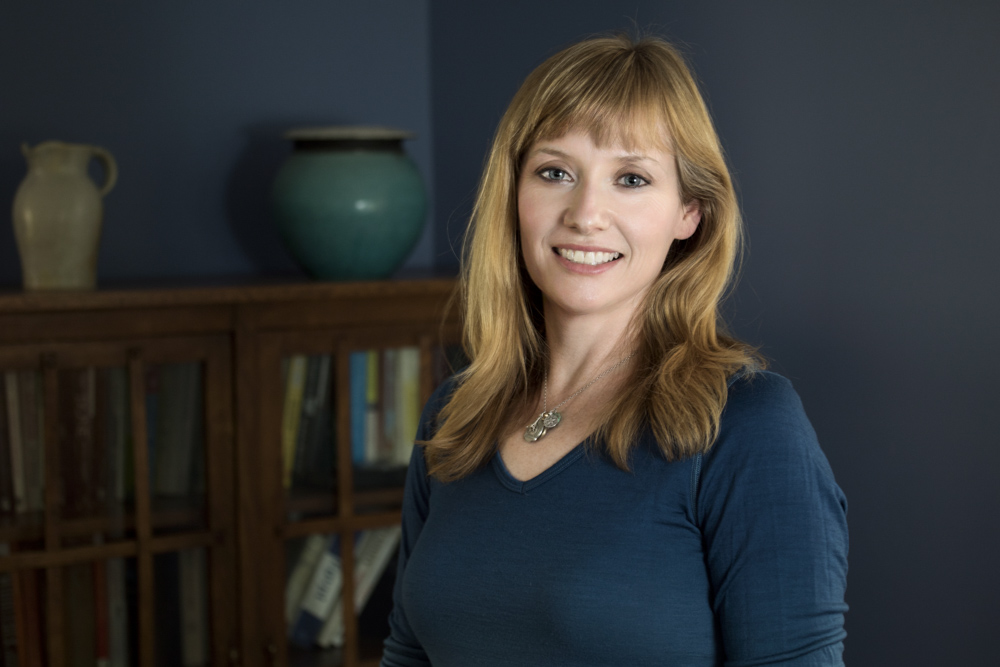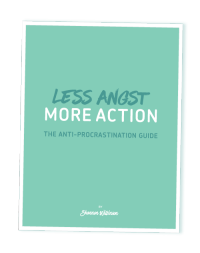 Recently I was chatting with Systems Savant Cairene about starting and stopping work and projects and days. I shared with her on of the 28 daily emails that are part of the Declutter Happy Hour e-course, I came across recently, that had been haunting me ever since.
Recently I was chatting with Systems Savant Cairene about starting and stopping work and projects and days. I shared with her on of the 28 daily emails that are part of the Declutter Happy Hour e-course, I came across recently, that had been haunting me ever since.
It’s about how big projects, like decluttering, can feel huge and endless, and the value of creating endpoints or clear stopping points, so you get to bask in the accomplishment of completing something, especially when you’re a ways off from finishing the whole project.
It’s not unlike being self-employed.
The work is never-ending. And it’s all on you (even if you’re delegating).
Planning isn’t just about starting.
I’ve noticed lately that while I have been doing a phenomenal job of planning my day each morning, and starting them in ways that are energizing and inspiring, I often just kind of drift off and away from my desk at the end of the day, sometimes I return, sometimes I don’t.
While I’ve been dabbling in making sure my computer is off each evening, but it’s not a solid habit yet. And it’s definitely not part of an end of the work day routine.
Why’s it matter?
It’s like standby load or phantom electricity usage in your home. About 10 percent of the energy consumed in an average household is used by chargers and devices plugged in, waiting in standby mode. In fact, many electronics and appliances (such as your TV) will use more energy in the 20 or more hours per day they’re off, but still plugged in, than during the time that they’re actually on and in use.
Moving on without purposefully closing out a project or the work day is like leaving chargers and electronics plugged in – you continue to think about them and they suck energy from you.
This doesn’t mean you have to keep going until everything is done, done, but the projects and day isn’t really complete until it’s closed out and turned off and unplugged for now. Consciously and purposefully.
You definitely want to build a bridge to the next time you plug in and open up that project again, but you can put that on paper, so you can free your brain and energy up for other things.
Stopping with Purpose
It’s useful to consider in advance a good stopping point. Is it a certain amount of time? A particular task?
When it’s time to stop, give yourself some credit. Acknowledge, even celebrate, what you’ve accomplished. It could be as simple as crossing it off your to do list, an X on your chain, tallying up points on Daily Feats.
Do something that signifies to you that you have done enough for now. And what you’ve done counts.
Remember to leave yourself a breadcrumb trail, or better yet, build yourself a bridge to the next time you will open up your day or plug in to this project, whether it’s in a week, a day or an hour.
Photo Credit: Unplugged by jenny downing on flickr


[…] Easing Phantom Energy Draws […]
[…] starting to turn into a phantom energy draw, not to mention a physical energy […]
[…] Ending and starting. […]
[…] a project. There’s nothing like that closure. Even though I know this, I still forget how much energy is freed up when you finish something. There’s spaciousness in […]
[…] Shannon’s blog post on easing phantom energy draws […]